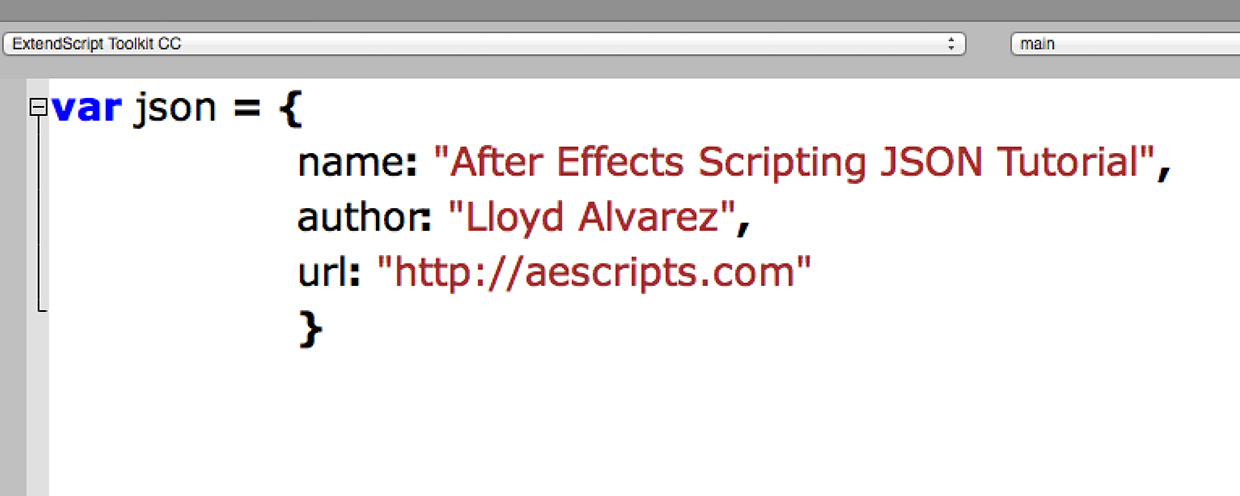
Reflected XSS is the simplest variety of cross-site scripting.
#Itracking scripting code#
#Itracking scripting full#
If the victim user has privileged access within the application, then the attacker might be able to gain full control over all of the application's functionality and data.Ĭross-site scripting works by manipulating a vulnerable web site so that it returns malicious JavaScript to users.

Cross-site scripting vulnerabilities normally allow an attacker to masquerade as a victim user, to carry out any actions that the user is able to perform, and to access any of the user's data. It allows an attacker to circumvent the same origin policy, which is designed to segregate different websites from each other.
#Itracking scripting how to#
In this section, we'll explain what cross-site scripting is, describe the different varieties of cross-site scripting vulnerabilities, and spell out how to find and prevent cross-site scripting.Ĭross-site scripting (also known as XSS) is a web security vulnerability that allows an attacker to compromise the interactions that users have with a vulnerable application. Please enable JavaScript in your browser to complete this form.Twitter WhatsApp Facebook Reddit LinkedIn Email Please enable JavaScript in your browser to complete this form.Name *Email *Message *WebsiteSubmit Ready to improve lead generation with Success Tracking and Retargeting Scripts? Get started with OptinMonster today. It won’t be long till you convert those abandoning visitors into subscribers! Instead of having to sync your email list, which can be a huge hassle, you can use OptinMonster’s Success Tracking and Retargeting Scripts to serve up a Facebook pixel and let those audiences auto-optimize.Ĭombine Success Tracking and Retargeting Scripts with a MonsterChain and OptinMonster’s advanced Dynamic Text Replacement feature to retarget warm leads onsite with new, more enticing offers. Success scripts also save you time on creating retargeting audiences. Streamline Audience Creation with Success Scripts Best of all, you can easily track how much you’re spending on lead acquisition to work out the ROI of your lead generation campaigns.

Using Success Tracking and Retargeting Scripts for this advanced retargeting strategy helps you set up conversion tracking with just a couple of clicks. You don’t even have to create a thank-you page, saving time and effort. Our success scripts give you one of the best strategies for retargeting website visitors by letting you serve a Facebook ad pixel or AdWords pixel when users subscribe. Many businesses use OptinMonster’s Success Tracking and Retargeting Scripts to retarget warm leads: people who have already visited their site and subscribed to their email newsletter or downloaded a lead magnet. Our success scripts let you retarget warm leads to improve conversions, leads and sales. OptinMonster’s Success Tracking and Retargeting Scripts solve that problem by helping you remind visitors about your products and services, long after they’ve left your site.

Is your website making enough money for you? Sometimes visitors land on your site once, and don’t come back, robbing you of the chance to get leads and sales.


 0 kommentar(er)
0 kommentar(er)
